Mumbai Slums breed an undefeatable virus
A large number of people in Mumbai Slums have been found infected with Corona Virus . In Kurla, Saki Naka, Andheri, Juhu, Versova, Vile Parle. Chembur, Bandra, Worli-Koliwada, BDD Chawls….. the list goes on. Of course topping it all is Dharavi – one of the world’s largest slums. Now it has over 200 infected people and 13 deaths.
Mumbai’s largest Dharavi slum is where over 10 lakh people live. Just to give an idea this is almost the same as the population of Bhubaneshwar or Jalandhar and larger than Thiruvanthpuram, Jammu or Dehradun. But, in Dharavi, this population lives in a 2 square-km area huddled together in small shanties without running water or sanitation facilities.
Social distancing in such crowded urban agglomerations is a misnomer to begin with! It was always a time-bomb waiting to explode and Covid-19 has brought this acute urban problem to the forefront of this country’s fight against the pandemic.
There is a severe lockdown imposed in virus hotspots in the slums and people are not allowed to go in or out of their jhuggis. Police are even using drones to make sure people obey the rules. And in such times, the narrow alleys, crowded housing and poor sanitation offer the perfect breeding ground for the virus. Sometimes 10-12 people stay in just one room with no sunlight, ventilation or fresh air. How is it possible to enforce social distancing?
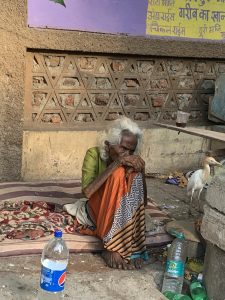
The poor get it the hardest
While medical workers, cleaners and volunteers are fighting to keep cases from spiralling out of control and overwhelming hospitals, the condition of people living in these closed confines is worsening. The low-wage earners, daily labourers, migrant workers who live in these areas agree to squat in such abysmal conditions because the island city Mumbai is otherwise a very expensive city to live in. It is easy to earn a living here but the rents are comparably way too steep. A small one room shanty with no toilet goes for Rs 4-8K rent (~100 USD). Most residents in these slums use public toilets where they again pay a small sum (Rs 2-6) to use it every time they for daily ablutions. The cleanliness and hygiene of these public urinals and toilets always remains suspect.
Wash hands? But no running water
When the internet is flooded with tutorials of 20-seconds optimal hand-cleansing regime, it is worthwhile to point out that most of these slums have no running water at all. The residents fill up their jerry-cans or matkas with water from a communal tap which only supplies water once or twice a day, and then use it for cooking, cleaning and bathing. One time hand wash needs at least half a litre of water and according to a survey carried out by Pani Haq Samiti, an NGO, involved in fighting for water rights of underprivileged, says lakhs of families are not getting even 60 litres per day water during Corona lockdown. This is the norm for around 5 lakhs slum dweller in Mumbai. While social workers, media and government officials are all hoping to address such basic issues of water and sanitation in the city, it remains a huge challenge. It is said that 50 per cent of the total population of greater Mumbai resides in slums. While it is well known that the virus travelled from upscale high-rises to slums, now the poor are reeling with its impact. With livelihoods impacted, and passage back to villages thwarted, the slum residents also live in deep mental distress.
One one of Mumbai’s most distinguished residents Tata Group chairman emeritus Ratan Tata recently said “The pandemic has underlined the problem that slums create for everyone due to the absence of enough fresh air, enough open space and the issues of being uprooted from your work.”
One one of Mumbai’s most distinguished residents Tata Group chairman emeritus Ratan Tata recently said “The pandemic has underlined the problem that slums create for everyone due to the absence of enough fresh air, enough open space and the issues of being uprooted from your work.”
“In the slums they created, there is no fresh air. It’s just a space for living, because it is done through corruption and coercion. This is what architects and developers have been satisfied with and I think this pandemic is a wake-up call of what beholds us if that’s what our concern is,” Tata warned.
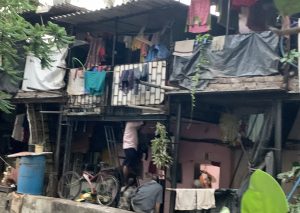
The maximum city cannot hope to be safe and rid of Corona Virus until all its residents do.
Please also read : https://mediaswaraj.com/प्रकृति-का-नाश-करने-वाली-त/
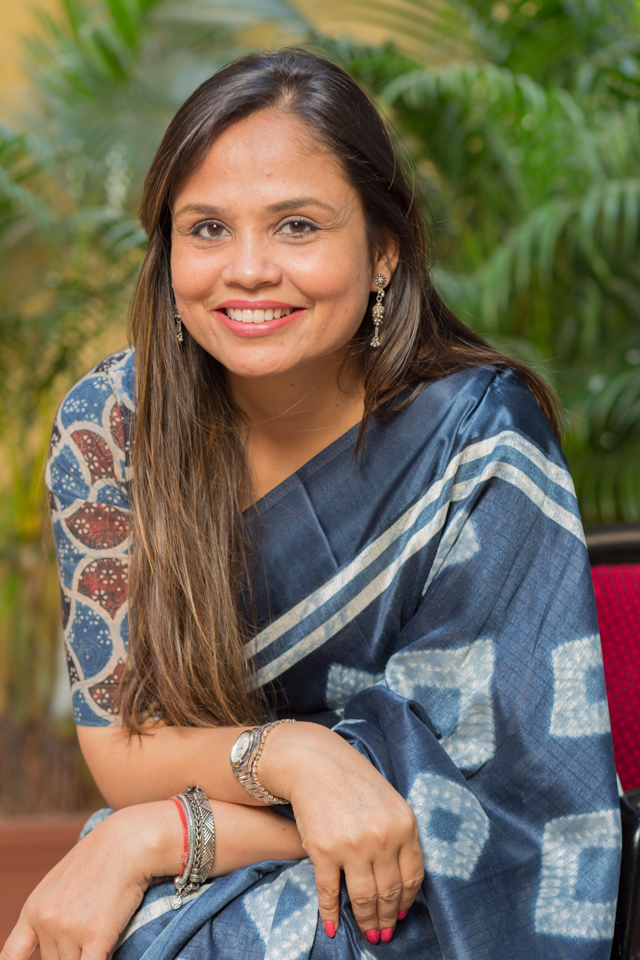
Vineeta Dwivedi is a former broadcast and print journalist and teaches Communication at Bhawan’s SP Jain Institute of Management and Research (SPJIMR), Mumbai.

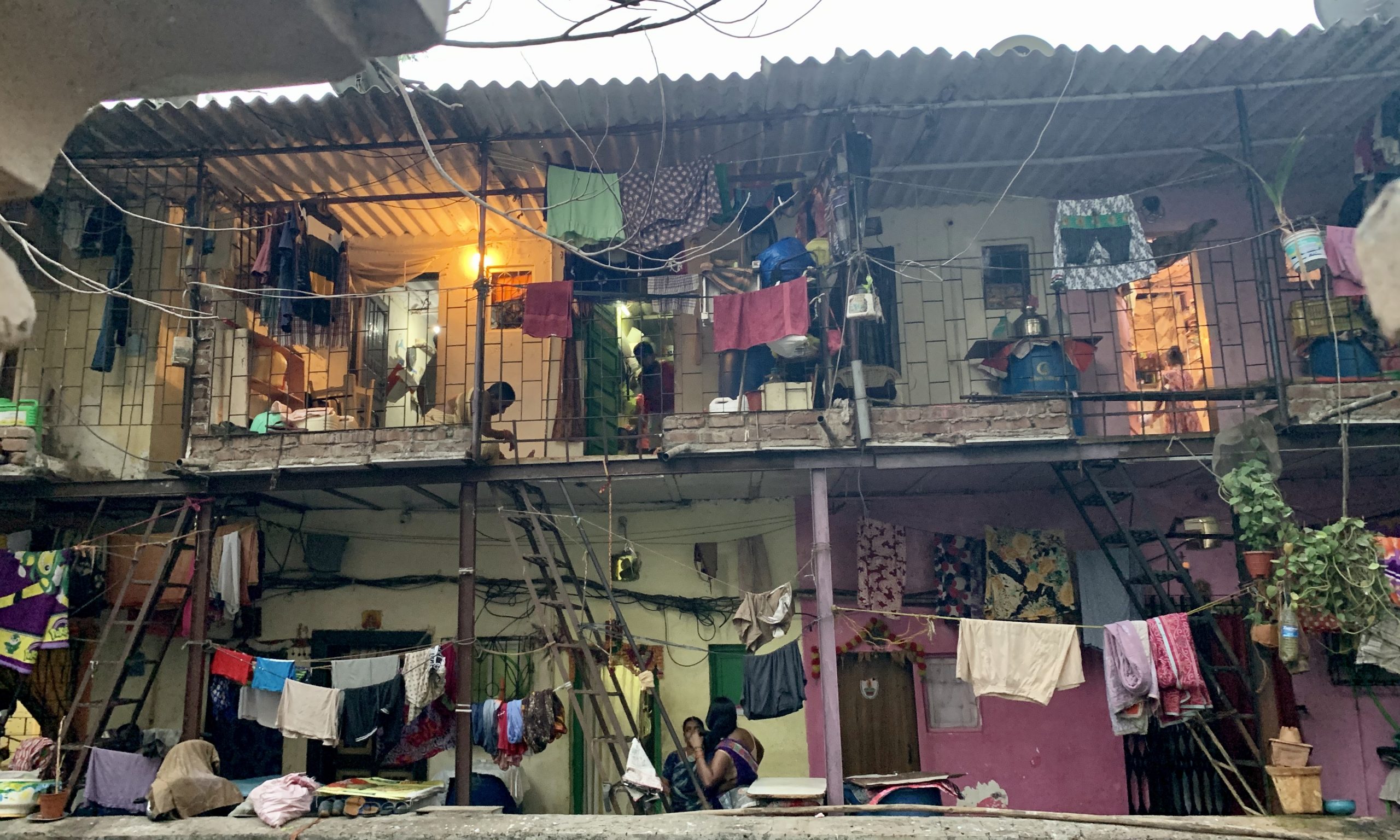
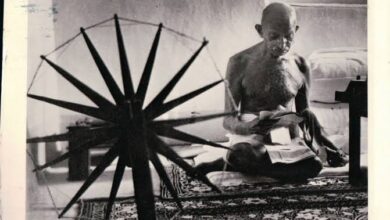
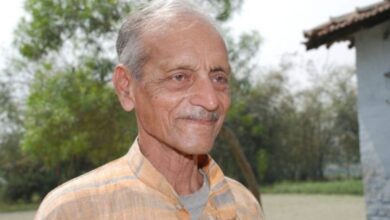
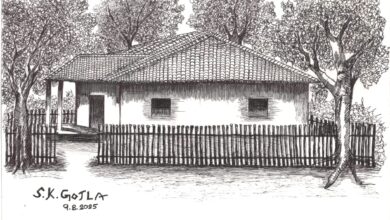

Please correct that Mumbai’s first corona virus death was of a 56-yeard old man in Dharavi is not true. He was resident of Ghatkopar.
Thanks. Deleted that reference.